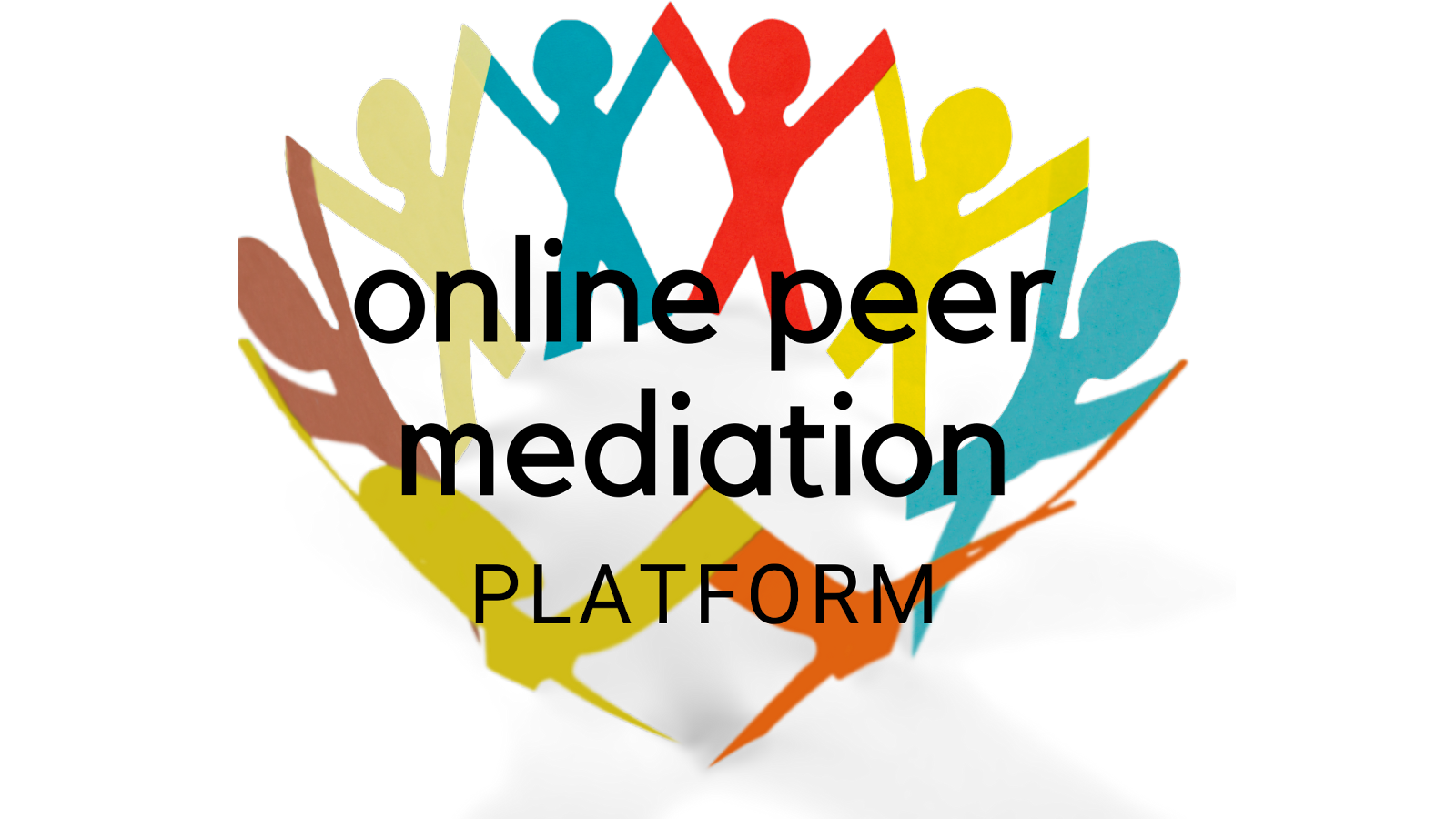- Get link
- X
- Other Apps
If you're reading this blog post, you may have stumbled upon it by chance—or perhaps a colleague, teacher, parent, or even a student shared it with you. Either way, you’re here because something sparked your interest in peer mediation and how it can reshape school culture for the better.
At Online Peer Mediation Platform (OPMP), we believe strongly in the power of student voice and peaceful conflict resolution. And we also believe in this essential truth: the success of any peer mediation program hinges on the support of school administration and staff.
The Why: Pressure to Improve School Climate
Let’s face it—there’s increasing pressure on schools to improve climate, reduce suspensions, and address rising behavioral issues. Researcher Sarah Rose Dummer emphasizes that programs like peer mediation thrive when administrators actively support them. Without that buy-in, even the best intentions can fall flat.
And the good news? When implemented effectively, peer mediation can significantly reduce disciplinary incidents—by as much as 97%, according to researcher Cynthia O. Thomas. These programs empower students to resolve their conflicts peacefully, often resulting in long-lasting agreements, greater self-esteem, and a more positive school environment.
The Standards That Guide Us
Back in 1996, a committee from the National Association for Mediation in Education (now part of the Association for Conflict Resolution) laid the foundation for effective school-based peer mediation. These standards cover everything from training and ethics to program models, cultural competence, and outcomes. They’re not just guidelines—they’re a blueprint for a thriving program.
A critical first step? Administrative approval and commitment to a multi-year plan—ideally three years. This ensures the program is not a one-time initiative but a sustainable part of your school's culture.
What Makes Peer Mediation Work?
Here’s how peer mediation stands out:
Trained student mediators help peers resolve conflicts—without taking sides, giving advice, or making decisions for others.
Confidentiality is respected (except in situations involving harm or illegality).
Voluntary participation means students choose to engage, making resolutions more authentic and lasting.
It’s aligned with Tier 2 restorative practices, making it a natural fit within a Multi-Tiered System of Supports (MTSS).
Most initial mediation referrals come from school disciplinarians, especially for non-violent conflicts—think gossip, name-calling, unsportsmanlike conduct, and friendship issues. These aren’t situations that typically require formal discipline, but they still need resolution. That’s where peer mediators step in.
For more serious infractions—violence, harassment, weapons, or drugs—the disciplinary process remains the proper route. Clearly outlining which cases qualify for mediation in your school handbook ensures everyone understands the process and its purpose.
The Benefits Are Real—For Everyone
For Students:
Learn essential communication and conflict resolution skills
Experience improved relationships with peers and adults
Gain self-confidence and leadership skills
Experience fewer conflicts and suspensions
See improvements in academics, attendance, and school engagement
For Administrators and Staff:
Fewer discipline referrals
Reduced time spent on conflict resolution
Improved school climate
Opportunities to recognize students for positive behavior
More time for instruction and leadership
Researcher Racheal Whiteside found that schools with peer mediation programs report decreased aggression and increased empathy, creating an atmosphere conducive to learning and growth.
Why Some Programs Fail—and How to Avoid That
Let’s be honest: not every peer mediation program sticks. Many fail early due to lack of training or rushed implementation. Often, schools adopt programs to check a box rather than build something meaningful.
The solution? Strategic planning, administrative involvement, and adequate training.
When administrators partner with peer mediation coordinators, they create the structure and consistency that a successful program needs. And with a clear vision and long-term commitment, your program is far more likely to grow and thrive.
What’s Next? Let’s Talk Implementation
At OPMP, we help schools build programs that work. From training students and staff to helping design a timeline and making the right referrals, we’re here to guide you every step of the way.
Here’s a general framework for a sustainable peer mediation program:
Handle at least one mediation case per week.
If there are no cases, use student mediators in leadership roles such as:
Ambassadors of Peace – Model respectful behavior and conflict resolution.
Awareness Builders – Promote the program through posters, announcements, or events.
Event Leaders – Participate in SEL initiatives, kindness campaigns, or anti-bullying events.
Educators – Lead mini-lessons or skits on active listening or empathy.
Peace Table Staffers – Host a drop-in space for students to talk during lunch or breaks.
Final Thoughts
Implementing a peer mediation program isn’t just about reducing office referrals or avoiding conflict. It’s about investing in a future where students feel seen, heard, and empowered to resolve issues peacefully. And that future starts with you.
If you’re watching our presentation or reading this blog post, you’re already taking the first step.
Let’s work together to create a school climate rooted in respect, empathy, and student leadership. Reach out to OPMP today and start building a culture of peace—one conversation at a time.
Please view our webinar for administrators to learn more...
OPMP Webinar - How to Start a Sustainable Peer Mediation Program: Tips for Administrators
- Get link
- X
- Other Apps


Comments
Post a Comment